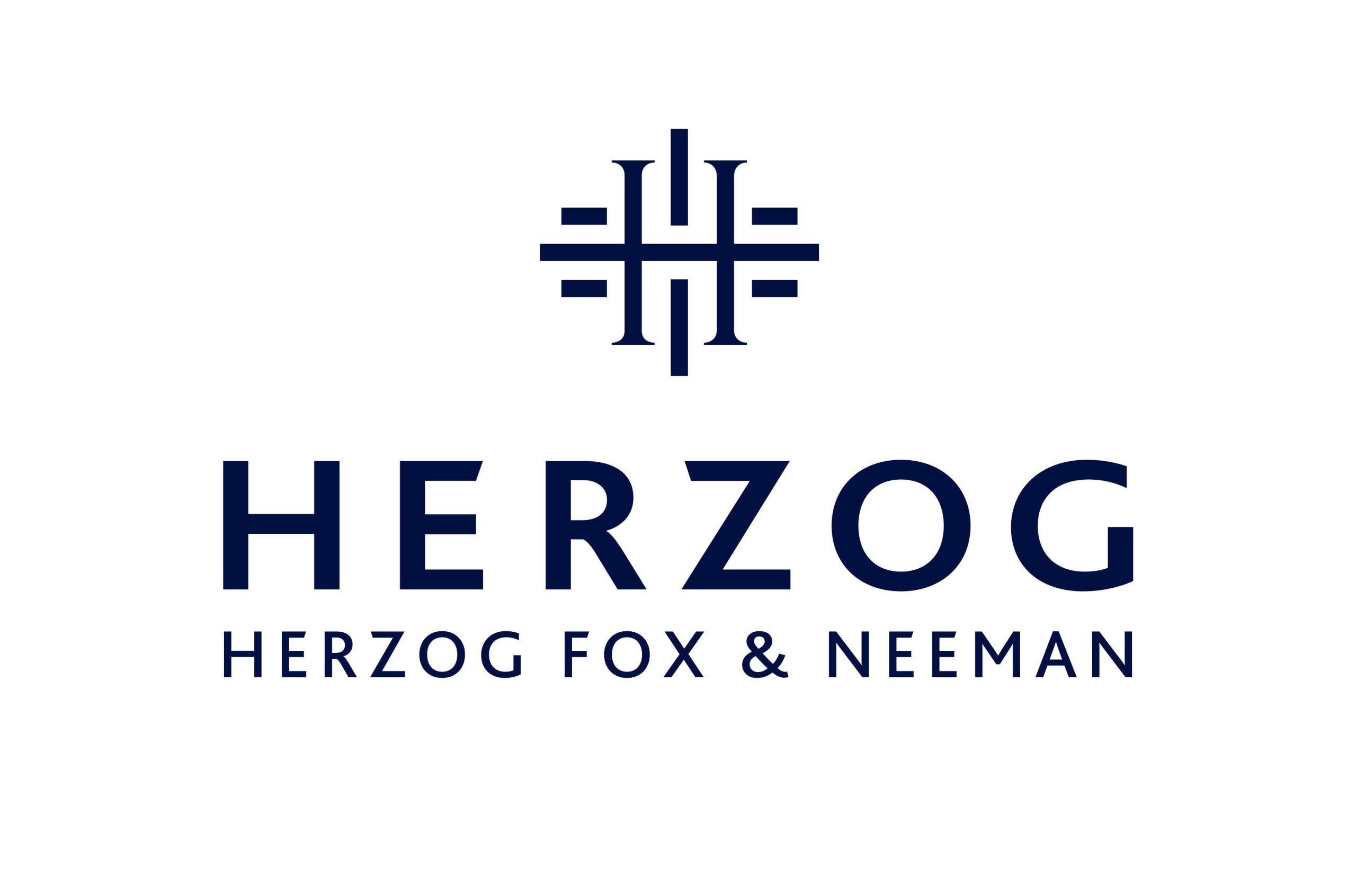Changes in Israeli Merger Control Regime
31 January 2022
Turnover Filing Threshold for Mergers Will Be Increased From NIS 10 Million to NIS 20 Million;
No Abbreviated Forms, Merger Notification Forms Will Be Replaced by a Cumbersome Uniform Form;
The ICA Published a Call for Input from the Public Regarding the Analysis of Conglomerate Mergers.
On January 12, 2021, the Israel Parliament (the Knesset) approved an amendment to the mergers regulations (the “New Merger Regulations“)
According to the New Merger Regulations, transactions will require the approval of the Competition Commissioner’s (the “Commissioner“), where the combined sales turnover derived from Israel of the merging companies in the financial year preceding the merger, exceed ~ NIS 367 million in aggregate, provided that the sales turnover of each of two of the merging parties’ exceeds NIS 20 million (instead of NIS 10 million). Other filing thresholds remained unchanged.
The New Merger Regulations have entirely changed the merger notification forms that must be submitted to the Israeli Competition Authority (the “ICA“): the existing Notice of Merger forms (both the long and the abbreviated forms) will be replaced by a new uniform form, which significantly expands the scope of information that has to be provided.
Additionally, on January 26, 2022, the ICA published a call for input from the public regarding the analysis of conglomerate mergers. The questions that were put to the public were, inter alia, (i) in which cases do conglomerate mergers raise concern of significant harm to competition?; (ii) are the tools that are currently in the ICA’s hands enough, and if not, what tools should be added to the ICA’s toolbox?; and (iii) should mergers in the fields of food or digital economy be analyzed differently than mergers in other fields? The public can respond to the call for input until February 25, 2022.
A Change in the Turnover Threshold
Prior to New Merger Regulations, merger notifications had to be filed with the ICA, inter alia, where the combined sales turnover derived from Israel of the merging companies in the financial year preceding the merger, exceed ~ NIS 360 million in aggregate, provided that the sales turnover derived from Israel for each party exceeds NIS 10 million (the “Turnover-Threshold“).
The New Merger Regulations will increase the Turnover-Threshold from NIS 10 million to NIS 20 million. This update supplements the amendments that were made in the reform of the Israel Economic Competition Law, 1988 in January 2019. In this regard, we note that prior to the amendment, an exemption route was already available for turnovers between NIS 10 and NIS 20 million.
The amendment of the Turnover-Threshold does not derogate from the existing market share thresholds; i.e. filing with the ICA is still required if as a result of a merger where the joint entity will have over 50% share in the supply of purchase of products or services in Israel; or if one of the merging companies holds over 50% market-share in any market in Israel pre-merger.
A Change in the Notification Forms
The current merger notifications were published almost 20 years ago. From the ICA’s point of view, the information that is currently being submitted, particularly in the abbreviated form, does not provide all of the details that are necessary for examining mergers that are filed. This has led, in the ICA’s view, to delays in examining mergers, as well as requests for information (RFIs) from parties to mergers and from third parties, even in cases where mergers did not give rise to any competitive concerns.
The new uniform form significantly expands the scope of information that has to be provided to the ICA, by each of the merging parties. The ICA argues that the additional information will allow the Commissioner to decide more quickly, particularly in cases where the proposed transaction does not give rise to any concern.
The unsolved question is how the new form will actually influence the ICA’s merger review. As noted above, the data to be provided has been considerably increased; However, at this point of time, it is still unknown whether the ICA will be more efficient in its merger review, or whether the extra information will hold it from rendering its’ decisions quickly, particularly in cases where the proposed transaction does not give rise to any competitive concern.
The new uniform form will come into effect two months after publication of the New Merger Regulations in the Government Gazette.
Here are the main substantive changes in the merger notification forms:
Every form must include all entities which hold at least 10% of the relevant party. For entities which, directly or indirectly, hold at least 20% of the relevant party to the merger, data regarding their ultimate controlling owner must be included, and the submitting party must specify whether there is any competitive affiliation between the holders and the merging company. This new requirement is expected to put considerable burden on merging parties, especially on parties with decentralized shareholders, investment funds, etc. Having said that, there is an option to declare that this information is unknown, having made reasonable efforts to find it.
In addition, The New Merger Regulations set a more extensive reporting obligation for mergers in “markets with an increased reporting obligation”. For horizontal mergers, where the merging parties’ cumulative market share is at least 20%; and for vertical mergers, where one of the merging parties’ market share is at least 30%. If one of the merging party is active in “market with an increased reporting obligation” – the submission must include, inter alia, details regarding barriers to entry the relevant market, expansion barriers, details regarding the efficiencies resulting from the merger, details regarding competition from import, etc.
The definition of horizontal merger has been expanded to capture potential competitors. “Potential competitors” for this purpose are (i) merging parties that have competed during the last two years before the merger agreement; or (ii) merging parties that expressed an opinion regarding their ability to supply or manufacture substitute goods, or (iii) merging parties that are able to supply or manufacture substitute good, or will be able to do so within a year in available feasible means.
The definition of vertical merger remained unchanged – “a merger of firms that operate on different levels of the chain of the manufacture, marketing and sale of goods.
The definition of conglomerate merger has been changed and will apply only to cases where the merging parties manufacture, market or distribute complementary goods. “Complementary goods” means goods that are (i) by nature or under common trade practices sold to the same customers; or (ii) goods that are manufactured, marketed or distributed together with goods in the other market.
The implications of the new definitions of “horizontal merger” and “conglomerate merger” are another expansion of the data to be provided to the ICA. The submission of potential horizontal mergers will require filing the same information that will be required for ‘actual’ horizontal mergers, insofar as the aggregate market share of the merging parties is above 25%.
For all horizontal mergers, the new form requires the parties to provide their scope of activity in monetary and quantitative terms (a requirement which was previously reserved only for markets where the aggregate market share of the parties exceeds 25%). In cases where the aggregate share of the merging parties is above 25%, the parties will also be required to provide, inter alia, a characterization of competition in the market, (e.g. indices for competition, differentiation between competitors, distinct groups of customers and their characteristics), as well as providing extensive details regarding their arrangements with competitors, and indications of potential competition between the merging parties, during the three years prior to the submission of the merger notification.
Per conglomerate mergers, information regarding complementary goods is requested in the unified form (including market shares, competitors and customers), insofar as one of the merging parties’ market shares is at least 30%, or the total sales of one merging parties to the customers of another merging party is at least 30%. This sort of elaborated information regarding complementary goods is not requested in the existing forms.
For merger transactions that are not horizontal, vertical or conglomerate, only the general chapters of the new form shall be filed. For all transactions – the merging parties will be required to explain how market shares were calculated (whilst in the existing form, parties are allowed to state that market shares are based on estimations).
In light of the above, it is clear that in preparing merger notifications on behalf of the parties, timelines are about to be stretched, and level of efforts that will be invested by the parties and their counsels are going to be elevated.
The ICA Calls for Input from the Public Regarding the Analysis of Conglomerate Mergers
On January 26, 2022, the ICA published a call for input from the public regarding the analysis of conglomerate mergers. We note that “conglomerate mergers” are defined in the call for input as they are defined in the existing forms; i.e. “merger transactions that do not have horizontal or vertical aspects”. The questions that were put to the public were:
- In which cases do conglomerate mergers raise concern of significant harm to competition?
- What are the efficiencies resulting from conglomerate mergers?
- What is the likely effect on competition from bundling products?
- Are the tools that are currently in the ICA’s hands, make it possible to dispel the competitive concern that arises from conglomerate mergers?
- If the existing tools are not enough, what tools should be added to the ICA’s toolbox?
- Is the merger law the right framework for dealing with conglomerate concerns? Alternatively, should these mergers be dealt with through other legislation?
- Should there be a distinction between the analysis method of mergers in the fields of food or digital economy and merger in other fields?
The public can respond to the call for input until February 25, 2022.
Please contact us if you consider expressing your opinion in the matter at hand, or wish to learn more about the New Merger Regulations and the ICA’s call for input.
Herzog Fox Neeman
Head of Antitrust and Competition department
Tel: +(972) 3 692 5960
Antitrust and Competition department
Tel: +(972) 3 692 5960
Antitrust and Competition department
Tel: +(972) 3 692 5952





